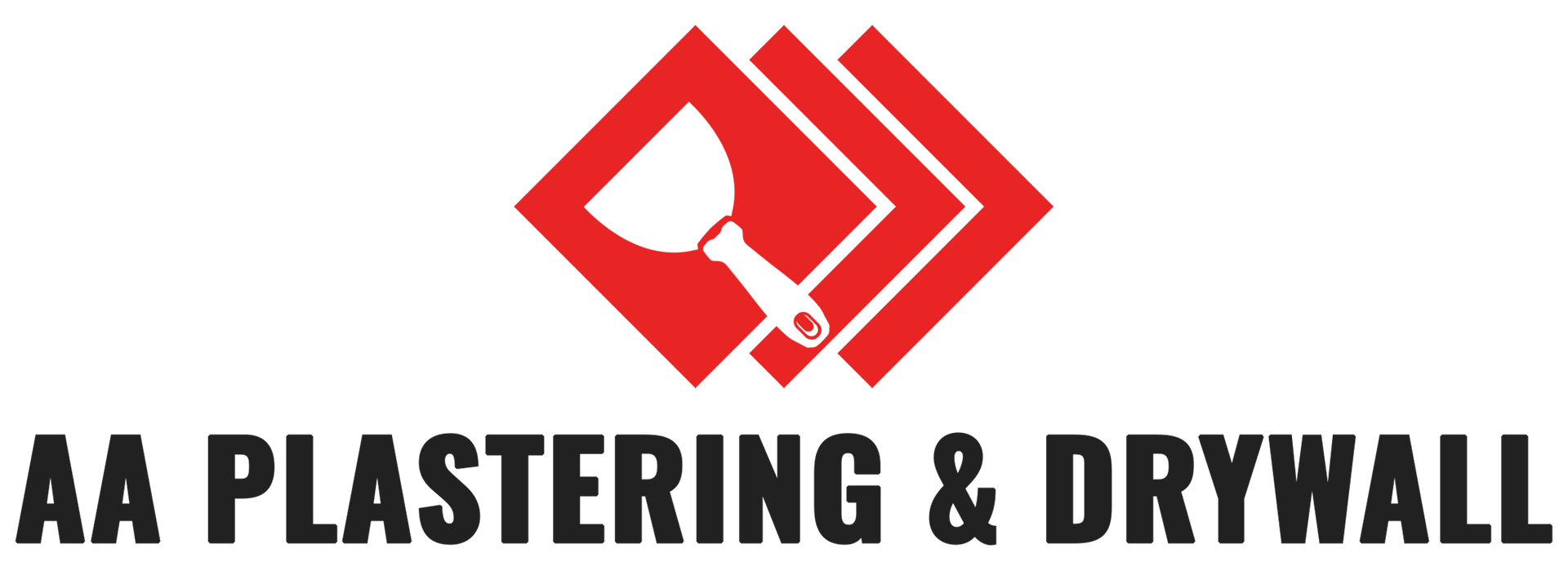Quincy Plastering Services: Four Decades of Craftsmanship for South Shore Properties
Quincy's rich architectural heritage spans from colonial-era structures in the Adams National Historical Park to contemporary commercial developments along the waterfront. This diversity of building styles requires specialized plastering expertise that honors traditional techniques while incorporating modern materials and performance standards. South Shore property owners understand that quality plastering work requires both technical skill and aesthetic sensibility to achieve results that complement their property's character.
At AA Plastering & Drywall, our four decades of experience serving Quincy and surrounding Massachusetts communities has taught us that exceptional plastering results depend on understanding substrate conditions, environmental factors, and appropriate application techniques for each specific project. Whether you're restoring a historic Quincy property or finishing new construction, professional plastering services ensure both durability and aesthetic excellence that enhances property value for decades to come.
Quincy's Unique Building Environment and Challenges
Quincy's coastal location creates specific environmental conditions that affect plastering performance. Salt air exposure, seasonal temperature variations from 15°F winter lows to 85°F summer highs, and humidity fluctuations between 45-85% throughout the year demand plaster systems that can accommodate dimensional movement while maintaining structural integrity.
Our licensed and insured team has observed that Quincy's older properties—particularly those built before 1950—often feature horsehair plaster over wood lath systems that require specialized repair techniques. These traditional substrates expand and contract differently than modern materials, requiring careful evaluation of existing conditions before implementing repair or restoration strategies.
Contemporary Quincy construction typically utilizes masonry block or concrete substrates that provide stable, moisture-resistant bases for plaster application. However, proper surface preparation and bonding agent selection remain critical for achieving long-term adhesion and preventing delamination failures common in coastal environments.
Traditional and Modern Plastering Techniques
Professional plastering begins with comprehensive substrate evaluation and preparation. Our process includes surface cleaning, moisture testing, application of appropriate bonding agents, and selection of plaster mix designs suited to environmental conditions and aesthetic requirements.
Three-coat lime plaster systems remain the gold standard for historic Quincy property restoration. The process includes scratch coat application over prepared lath substrate, brown coat leveling with proper curing time between applications, and finish coat techniques that achieve desired texture and appearance. Each coat serves specific structural and aesthetic functions that contribute to overall system performance.
Modern gypsum-based plaster systems offer advantages for contemporary construction applications. These materials provide consistent workability, controlled setting times, and excellent surface finish characteristics while meeting current building code requirements for fire resistance and structural performance.
Specialty finishes including Venetian plaster, lime wash applications, and decorative textures require advanced application techniques and material expertise. Our team maintains current knowledge of traditional European methods while incorporating modern tools and materials that enhance both efficiency and quality outcomes.
Historic Restoration and Preservation
Quincy's designation as the birthplace of Presidents John and John Quincy Adams brings unique preservation considerations to plastering projects. Historic district properties must balance authenticity with modern performance requirements, often requiring custom plaster formulations that match original materials while meeting current durability standards.
Our experience with National Register properties includes documentation requirements, materials analysis, and coordination with preservation consultants to ensure compliance with Secretary of Interior Standards. These projects demand specialized knowledge of period-appropriate techniques, materials sourcing, and quality control measures that preserve historic character.
Structural stabilization often precedes plastering restoration in older Quincy buildings. Issues such as foundation settlement, moisture infiltration, and deteriorated lath systems require comprehensive evaluation and remediation before new plaster application can proceed successfully.
Commercial and Residential Applications
Quincy's diverse property portfolio includes residential neighborhoods, commercial districts, and institutional buildings that require different plastering approaches. Residential applications typically emphasize aesthetic quality and long-term durability, while commercial projects may prioritize fire resistance, acoustic performance, and maintenance considerations.
High-performance plaster systems for commercial applications include specialized formulations for healthcare facilities, educational institutions, and hospitality projects. These environments require enhanced durability, cleanability, and compliance with specific industry standards for indoor air quality and surface performance.
Integration with complementary services enhances project efficiency and quality outcomes. Professional drywall installation and repair services can address areas where plaster application may not be appropriate, ensuring consistent appearance and performance throughout the project.
Quality Standards and Performance Expectations
Professional plastering achieves surface flatness tolerances within 1/8 inch over 10 feet when properly applied and finished. This level of precision requires skilled application techniques, quality materials, and appropriate curing conditions that DIY approaches cannot consistently deliver.
Durability expectations for quality plaster work include 15-25 year service life under normal conditions, with proper maintenance extending performance significantly. Factors affecting longevity include substrate preparation quality, environmental exposure, and regular inspection to address minor issues before major repairs become necessary.
Our warranty coverage includes both material and workmanship protection, providing Quincy property owners with confidence in long-term performance. The licensing and insurance requirements we maintain ensure compliance with Massachusetts building codes and provide additional protection for property owners throughout the project lifecycle.
Investment Value and Property Enhancement
Quality plastering work represents a significant upgrade to property value and marketability. The smooth, durable surfaces achieved through professional application enhance both aesthetic appeal and functional performance, contributing to overall property desirability in Quincy's competitive real estate market.
Energy efficiency improvements from properly applied plaster systems include enhanced thermal mass, reduced air infiltration, and improved interior climate stability. These benefits translate to lower heating and cooling costs while improving occupant comfort throughout seasonal variations.
Maintenance advantages of professional plastering include extended repainting intervals, easier surface cleaning, and improved resistance to impact damage compared to standard drywall finishes. These factors contribute to lower long-term maintenance costs and sustained property appearance.
Ready to enhance your Quincy property with traditional craftsmanship and modern performance? Contact AA Plastering & Drywall at (781) 864-8407 to discuss your plastering project requirements and schedule a detailed evaluation. Our four decades of South Shore experience ensures exceptional results that honor your property's character while delivering lasting quality and value.
